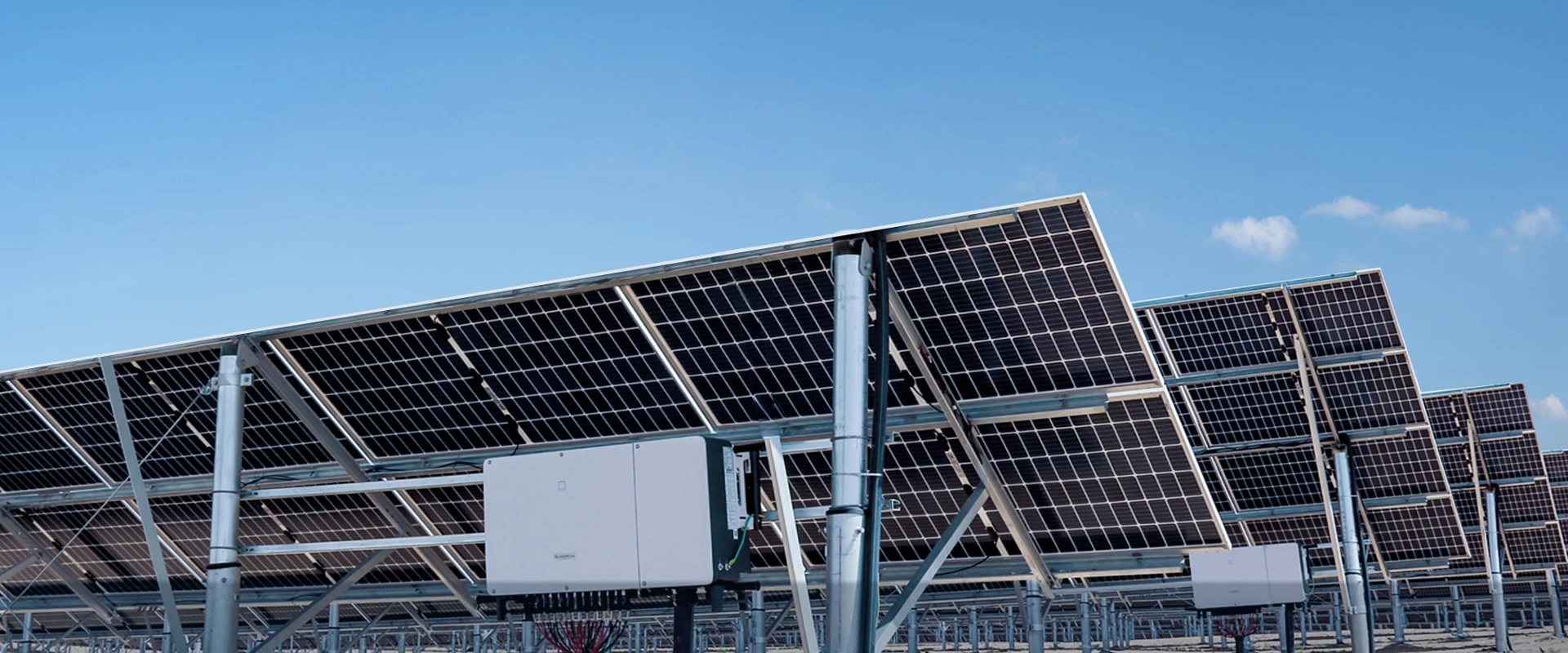solar panel size comparison
A Comprehensive Comparison of Solar Panel Sizes
As global awareness of renewable energy continues to grow, solar power has emerged as a leading alternative to fossil fuels. One of the most critical considerations when investing in solar energy is the size of the solar panels. Understanding the differences in solar panel sizes can significantly impact the efficiency, cost, and overall performance of a solar power system. This article explores various solar panel sizes, their advantages and disadvantages, and the factors that consumers should consider when making a decision.
A Comprehensive Comparison of Solar Panel Sizes
When considering the size of solar panels, one must also take into account the available roof space. Homeowners with limited roof area may find that 60-cell panels are more suitable, as they can be installed in tighter spaces without sacrificing energy output. Conversely, for larger installations—such as those on commercial buildings or expansive residential properties—72-cell panels may be more advantageous. They can produce more energy in a smaller footprint, making them ideal for maximizing solar production.
solar panel size comparison

Another critical factor in the size comparison is the efficiency of the solar panels. Efficiency rates vary based on technology and manufacturer, but typically, larger panels may have a higher efficiency rating. For example, high-efficiency models can reach up to 22% or more, enabling them to convert a larger portion of sunlight into usable electricity. When evaluating solar panels, consumers should compare the efficiency ratings and power tolerance of different sizes to ensure they are getting the best performance for their investment.
Cost is another key consideration when comparing solar panel sizes. Generally, larger panels may have a higher upfront cost due to the more significant amount of materials used. However, it’s essential to factor in the cost per watt for a true comparison. In some cases, the per-watt cost can be lower for larger panels, resulting in a better overall financial investment in terms of energy production. Additionally, the installation costs should be considered, as a larger number of smaller panels might incur higher labor costs than fewer larger panels.
As consumers evaluate their options, they should also consider the aesthetic impact of solar panel size. Larger panels may deliver more power, but they may also compromise the visual appeal of a home or building. Homeowners may prefer the look of smaller, more discreet panels that blend seamlessly with their roof design. In contrast, others may prioritize energy output over appearance.
In conclusion, the size of solar panels is a crucial factor in determining the efficiency, cost, and aesthetic impact of a solar energy system. While 60-cell panels may be more suitable for those with limited space, 72-cell panels can provide higher outputs for larger installations. Ultimately, understanding the trade-offs between size, efficiency, cost, and aesthetics will empower consumers to make informed decisions about their solar energy investments. As the renewable energy landscape continues to evolve, the right solar panel size will not only optimize solar power generation but also contribute to a sustainable energy future.
-
Unlocking Energy Freedom with the Off Grid Solar InverterNewsJun.06,2025
-
Unlock More Solar Power with a High-Efficiency Bifacial Solar PanelNewsJun.06,2025
-
Power Your Future with High-Efficiency Monocrystalline Solar PanelsNewsJun.06,2025
-
Next-Gen Solar Power Starts with Micro Solar InvertersNewsJun.06,2025
-
Harnessing Peak Efficiency with the On Grid Solar InverterNewsJun.06,2025
-
Discover Unmatched Efficiency with the Latest String Solar InverterNewsJun.06,2025







